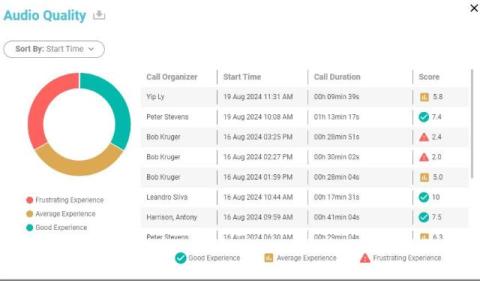10 Incident Management Metrics to Monitor and Improve Your Service
In the world of IT Service Management, the ability to effectively manage incidents is crucial to maintaining business continuity and customer satisfaction. That's why it's always a good idea to track Incident Management metrics from the start. We all know that incidents, ranging from minor service disruptions to major outages, can have significant impacts on an organization's operations and reputation.











